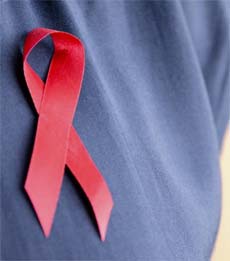fitness news
![]() ,
,![]()
Font size Women’s Health
Sustainable Development and HIV in the Caribbean
– Reported, January 21, 2013
 For the Caribbean, this mainly rests on four pillars: equity and human rights; participatory decision making at all levels; partnerships; and efficiencies and greater impact through integration of HIV prevention services into existing sexual and reproductive health services. The session which took the form of a panel discussion with a question and answer segment underscored:
For the Caribbean, this mainly rests on four pillars: equity and human rights; participatory decision making at all levels; partnerships; and efficiencies and greater impact through integration of HIV prevention services into existing sexual and reproductive health services. The session which took the form of a panel discussion with a question and answer segment underscored:
-
Reinforcing the GIPA principle to sustain the gains made in HIV;
-
Reducing young peoples vulnerability to HIV and AIDS through providing meaningful spaces to be key stakeholders and partners and not mere beneficiaries;
-
Bringing HIV out of isolation through partnerships as, partnerships promoting priorities characterize cooperation, coordination and consolidation as illustrated by the Pan Caribbean Partnership against HIV and AIDS (PANCAP);
-
Ensuring that there is consistency in the parliamentary approaches to the HIV and AIDS response across the Caribbean;.
-
Continuing the bold political leadership that is critical to the process and has generated results as demonstrated by some countries of the Caribbean for example Jamaica, Guyana, Haiti and St. Maarten.
Juliette Bynoe Sutherland noted that the overall sustainability of programmes designed to decrease the spread of HIV is intricately linked to those policies that tackle reduction of poverty, violence against women and girls, investing in eliminating inequality of access to health and social services and taking HIV out of isolation by adopting an integrated approach. Drawing attention to the complementary roles of PANCAP and the newly established Caribbean Public Health Agency (CARPHA), the Director noted that the Caribbean was provided with an institutional basis to combine biomedical and behavioral approaches necessary for achieving an AIDS free generation. Ms. Bynoe-Sutherland also noted that the PANCAP Coordinating Unit as the hub of the network was deemed to be very important in the future strategy of prevention, treatment and care in the Caribbean.
CREDITS: http://www.anguillanews.com/
For more Anguilla News Click Here